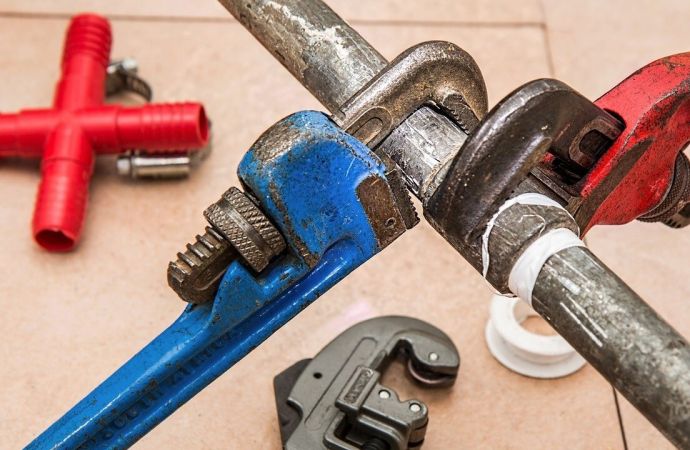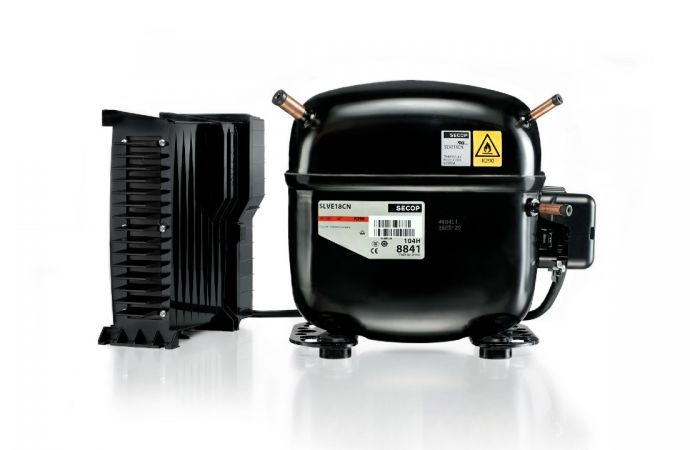RAC equipment owners do not understand the value of routine maintenance in reducing operating costs and avoiding breakdowns, says Australian study.

There is significant potential to reduce electricity consumption and leaks of refrigerant from large stocks of refrigeration and air conditioning (RAC) equipment if that equipment is subject to more frequent maintenance, according to a new study.
Released in February, the study – “Leaks, Maintenance and Emissions: Refrigeration and Air Conditioning Equipment – was conducted for the Australian Department of Agriculture, Water and the Environment.
The report contends that minimizing unnecessary faults and energy wastage in RACHP equipment requires:
- Good installation/commissioning practices;
- Good maintenance practices; and
- Equipment monitoring and metering for fault detection, including leak detection, energy meters, airflow sensors to initiate early alarm and/or field diagnosis and/or repair procedures.
In 2019, the report revealed, RAC equipment was estimated to consume more than 24% of all electricity generated in the Australian economy, resulting in about 11% of national emissions.
The most common faults responsible for the largest portion of energy penalties and refrigerant leaks across the stocks of both refrigeration and air conditioning equipment pertain to:
- Sub-optimal refrigerant charge (over or undercharge, refrigerant leakage).
- Dirty condensers and mechanical issues (fouling, faulty fan).
- Dirty evaporators and mechanical issues (fouling, ice-up, obstructions, faulty fan).
- System capacity (no heat load calculation, disconnect between owner and designer, safety margins) and mismatched components.
- Control systems, sensors and wiring issues.
- Poor equipment location.
- Liquid line issues (including restrictions).
- Degraded and contaminated refrigerant.
- Minimal or no documentation (installation, commissioning baseline data, operation, maintenance).
Another fault that applies only to refrigeration is excessive heat load, Issues related only to air conditioning involve: airflow (air distribution, duct sizing, dampers and fans, and filters; and duct insulation and leakage.
Among the recommended maintenance steps, “the single most important measure to improve RAC equipment performance is to eliminate leaks of refrigerant gas [sub-optimal refrigerant charge],” the report said. Preventing leaks also stops direct greenhouse gas emissions if HFC refrigerants are used.
The maintenance activities that deliver both improvements in energy efficiency and reductions in loss of refrigerant charge require skilled technicians with the appropriate licensing, knowledge and understanding that is common and accepted practice in the RAC community, the report said.
Failure to properly and regularly maintain equipment is primarily because “equipment owners do not understand the value of routine maintenance in reducing operating costs and avoiding business disruptions (from break downs),” the report noted.
“In some cases, and classes of equipment it may also simply be the case that equipment owners are insufficiently aware that equipment requires routine (at least annual) maintenance to continue effective operation over the design life of the equipment,” the report added.
In a separate knowledge brief, the Kigali Cooling Efficiency Program (K-CEP) also outlines the need for maintaining and servicing of cooling technology. It estimates that better optimization, monitoring, and maintenance of cooling equipment the potential to save 30Gt of CO2 emissions by 2050.
The single most important measure to improve RAC equipment performance is to eliminate leaks of refrigerant gas.” – Australian Department of Agriculture, Water and the Environment
Related stories



